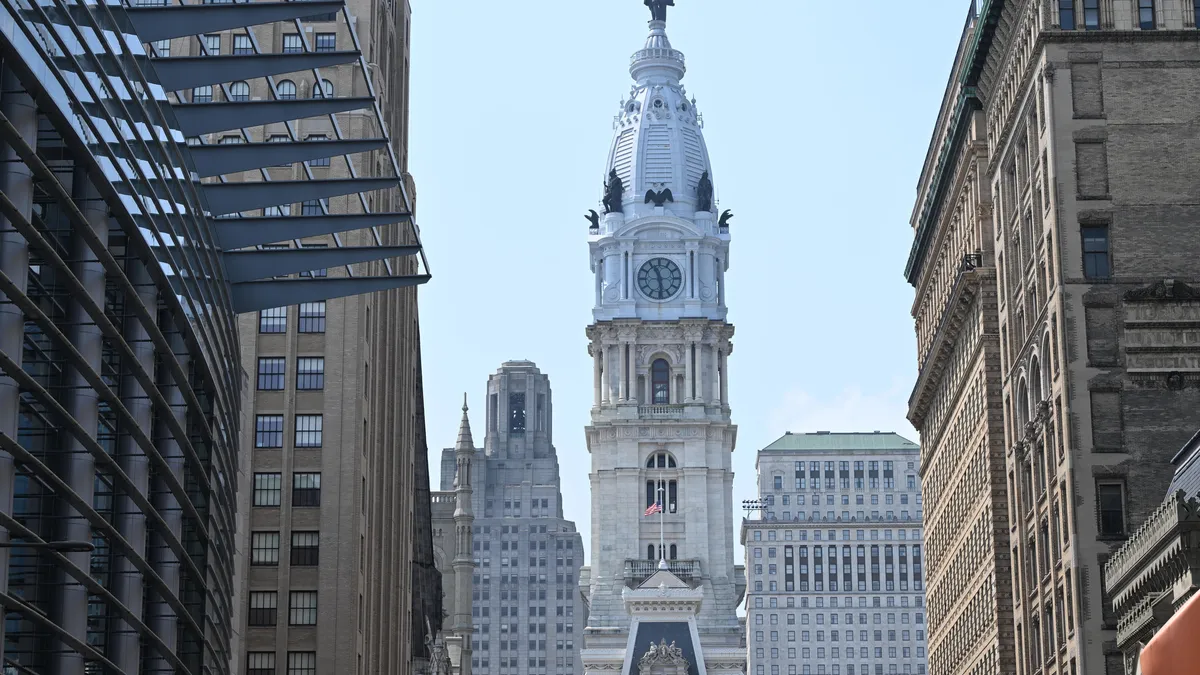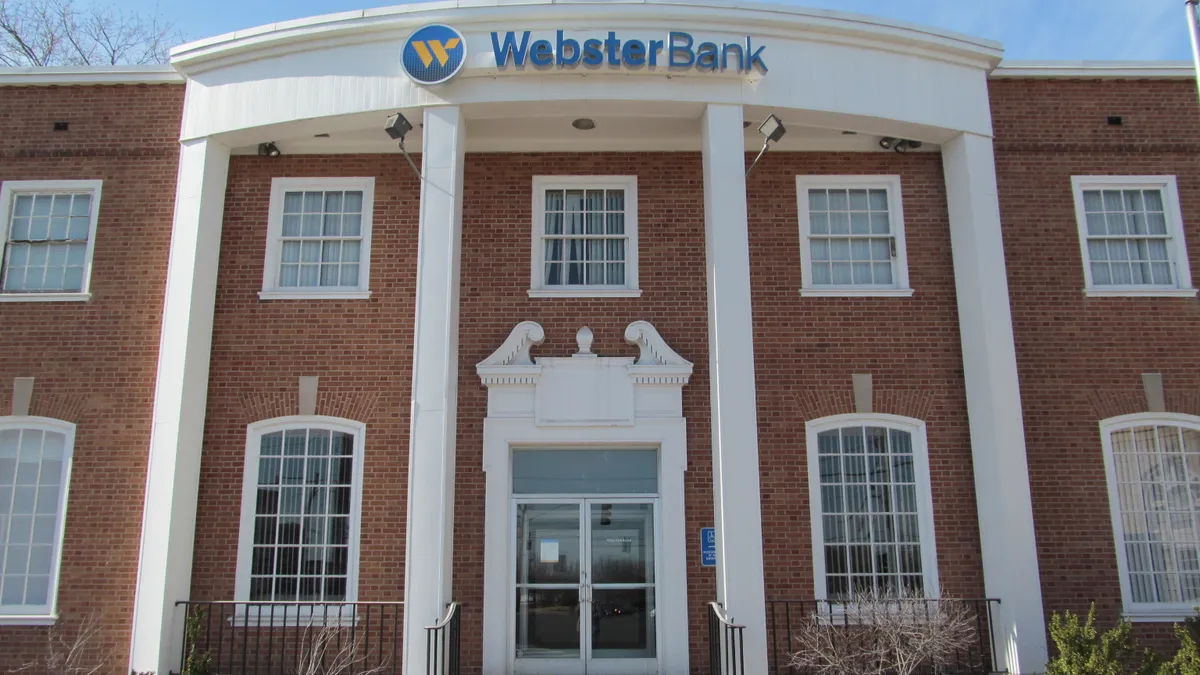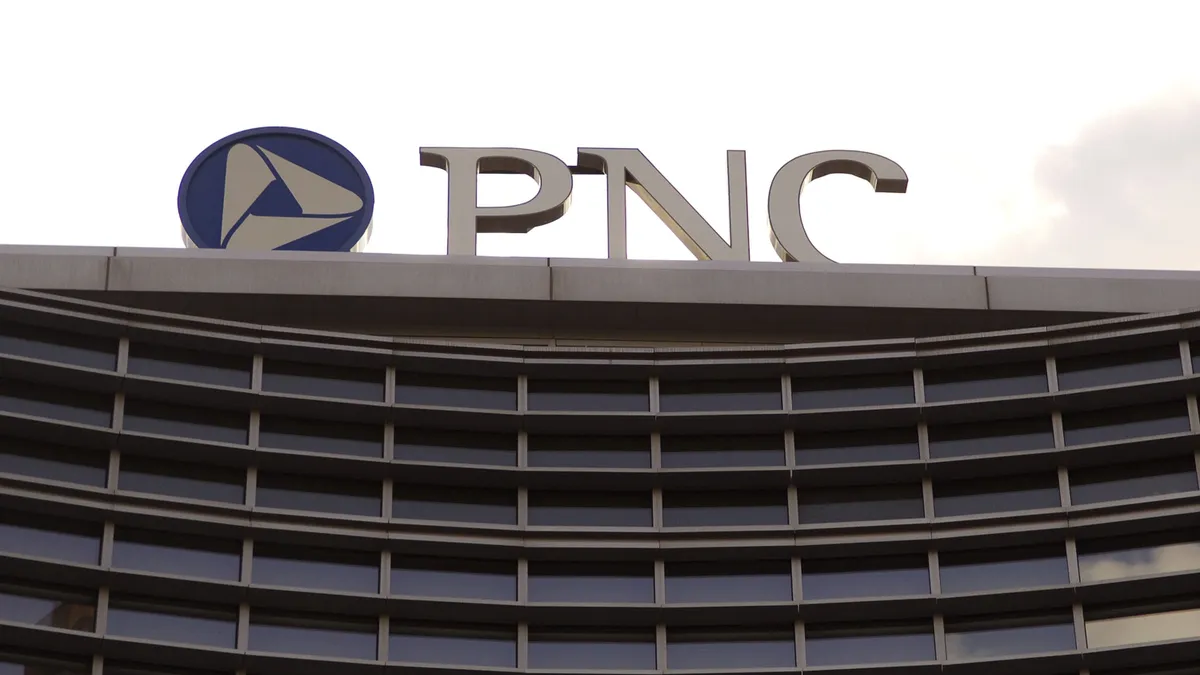Lancaster, Pennsylvania-based Fulton Bank agreed to purchase substantially all of the assets of beleaguered Philadelphia lender Republic First Bank and assume substantially all of its deposits, the Federal Deposit Insurance Corp. said Friday.
The Pennsylvania Department of Banking and Securities closed Republic First earlier in the day and appointed the FDIC as receiver.
Friday’s closure brought an end to more than two years of infighting that divided Republic First’s board of directors amid a bitter power struggle. It also lends credence to a Bloomberg report Wednesday indicating the FDIC was seeking bids for the bank.
Republic First’s 32 branches — scattered across the Philadelphia area, New Jersey and New York City — were set to reopen Saturday under the Fulton banner, the FDIC said Friday.
“With this transaction, we are excited to double our presence across the region,” Fulton CEO Curt Myers said in a release Friday, referring to the Philadelphia market. “We look forward to welcoming Republic Bank’s team members and customers to Fulton and providing our comprehensive set of consumer, commercial and wealth advisory products and services to even more customers.”
By absorbing Republic First, Fulton is set to boost its $27 billion asset total by $5.2 billion, including a $2 billion investment portfolio that it intends to sell, the Lancaster bank said in a filing Monday with the Securities and Exchange Commission. Roughly 45% of the portfolio is composed of commercial real estate loans, Fulton said.
Fulton acquired the assets at a $374 million discount, it said Monday, adding it may purchase Republic First’s branches and corporate locations in the future.
Fulton also assumed roughly $5.6 billion in liabilities, including about $4.2 billion in deposits, it said Monday.
‘As it should be’
The FDIC estimates Republic First’s failure will result in a $667 million hit to the Deposit Insurance Fund.
"This was as it should be, in the sense that the regulators were able to seize and sell all of a weak bank to a substantially more stable bank,” Steven Kelly, associate director of research at the Yale School of Management’s Program on Financial Stability, told Bloomberg.
Fulton disclosed Monday it expects to get about $800 million in cash from the FDIC in connection with the deal. Roughly half of that is a settlement amount from the negative asset value of Republic First’s balance sheet, Fulton said, adding that the other half is an asset discount.
Fulton aims to use the proceeds from the FDIC receiver and the upcoming portfolio sale to repay borrowings and wholesale funding sources, the bank said Monday.
Feddie Strickland, a Janney Montgomery Scott analyst, called Fulton “a boring bank in the best way,” adding, according to The New York Times, that he expects Republic First’s failure would be an isolated incident.
Republic First’s demise marks 2024’s first bank failure but nonetheless spotlights ongoing challenges that regional lenders face more than a year after Silvergate, Signature and Silicon Valley Bank collapsed.
Splitting into factions
Discord at Republic First dates at least to late 2021, when activist investor Abbott Cooper asserted that the bank’s earnings per share and stock price were low relative to its peers.
At the time, CEO Vernon Hill had announced a strategy to raise capital and grow the bank’s footprint. But Republic First delayed that capital raise indefinitely, and the bank’s eight-member board became evenly split between Hill’s supporters and an investor group, led by New Jersey power broker George Norcross and former TD U.S. CEO Greg Braca, that aligned itself with Cooper.
The stalemate only broke when one of Hill’s board allies died, prompting the other faction to oust Hill (but not without a lawsuit). Hill left the bank in July 2022.
New management blamed the Hill era’s “ill-advised” brick-and-mortar expansion, as well as an uptick in the bank’s long-term fixed-rate residential loan and bond portfolios at a time when interest rates were low.
Investors unveiled a plan — on the day SVB failed — to pour $125 million into Republic First. But that deal faltered two months later.
The FDIC had earlier sought bids for the bank in October, Bloomberg reported, when Republic First informed the regulator it would rather attempt another capital raise.
The Norcross-Braca group signed a letter of intent last fall to infuse Republic First with $35 million if the bank were to find investors who would give another $40 million.
But the deal proved more difficult to complete than expected. The parties extended the agreement’s initial November deadline, then canceled the investment altogether after the second deadline passed.
The FDIC then reportedly restarted its auction efforts.
‘NOT First Republic’
In a twist, Republic First wouldn’t be the only bank with “First” and “Republic” in its name to find itself at risk in 2023.
“Amid everything going on, Republic Bank would like to make very clear: we are Republic Bank, Inc. (FRBK-Red/Blue Logo); we are NOT First Republic Bank (FRC-Green Logo),” Republic First CEO Tom Geisel wrote in a March 2023 letter to customers.
First Republic failed in May, and the FDIC cleared it to be acquired by JPMorgan Chase.
Republic First, however, soldiered on, exiting mortgage origination in May. Nasdaq de-listed it in August over failure to timely file its fiscal 2022 annual report. At the time of its de-listing, Republic First traded at $0.65 a share. That stock price stood at just over half a cent Wednesday, according to Yahoo Finance.






















